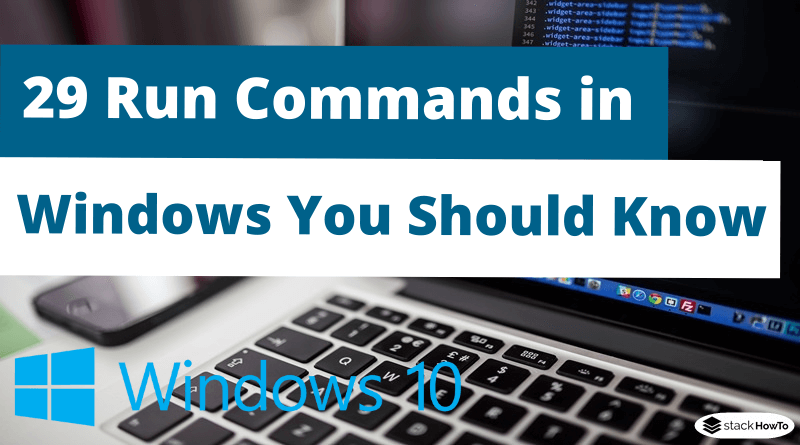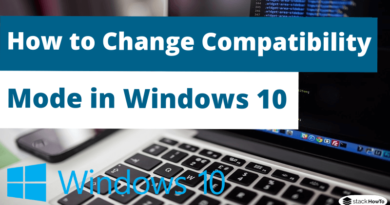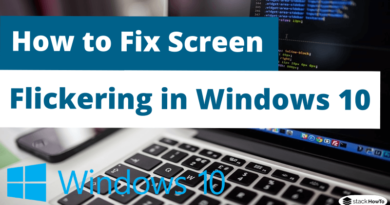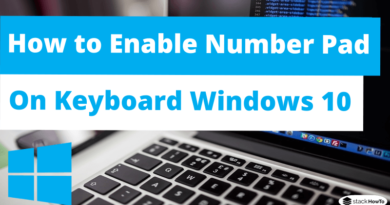29 Run Commands in Windows You Should Know
In this tutorial, we are going to see 29 run commands in Windows that you should know. The following run commands can be executed in Windows 7, Windows 8, and Windows 10 to access various aspects of your computer without going through the control panel or menus. If you are tweaking your system to become more responsive, you may find these commands useful.
Open the Run application using Windows + R keyboard shortcut, it should look like this.
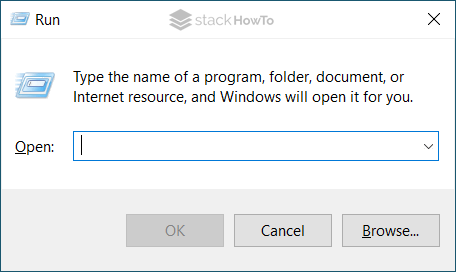
(1) services.msc
When you enter services.msc and press the Enter button, the Services application opens to allow you to easily start, stop and configure other settings for each service individually. This is very useful when you want to activate a service.
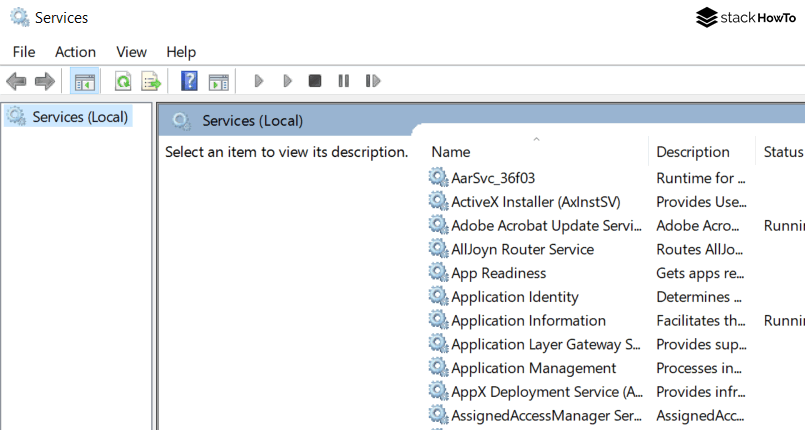
(2) msinfo32
If you want to get quick information about your system, use the msinfo32 command. It will show all the details of the system, including hardware resources and software environment.
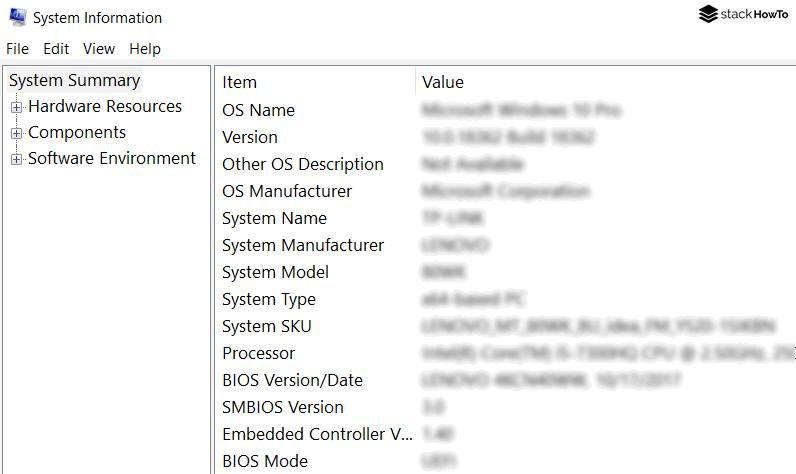
(3) mstsc
If you enter mstsc in the Run dialog box, the Remote Desktop Connection application allows you to connect to other Windows computers via the local network or the Internet. This helps you use the host computer as your own.
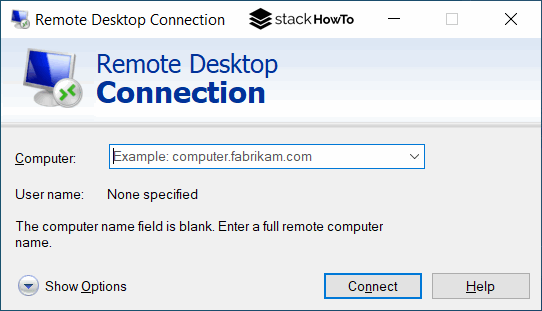
(4) compmgmt.msc
The Computer Management application provides access to almost all advanced Windows modules such as Event Viewer, shared folders, system tools, etc.
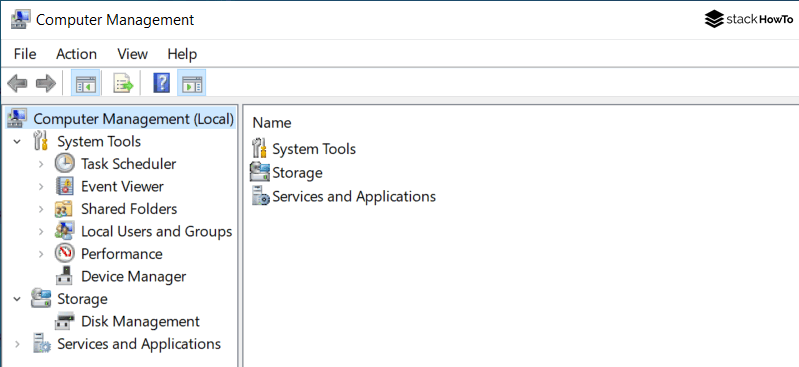
(5) sdclt
This command opens the Backup and Restore window that allows you to quickly set a backup schedule or restore one of your previous backups.

(6) eventvwr.msc
Windows Event Viewer is where Windows stores all monitoring and troubleshooting messages. You can use this command to quickly access the Event Viewer application.
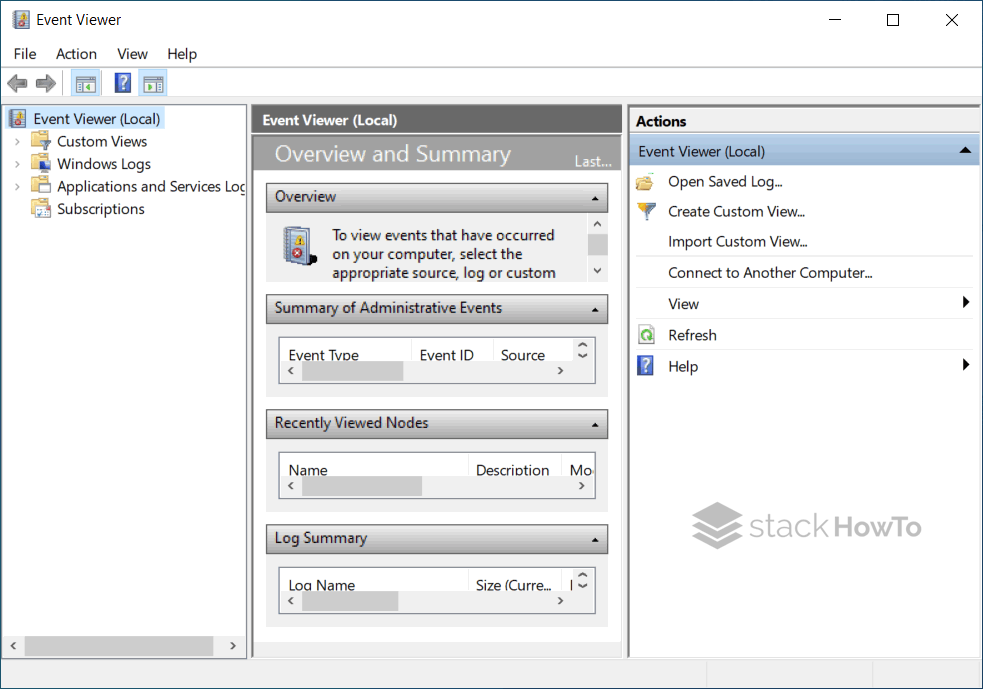
(7) cleanmgr
This command allows you to open the Disk Cleanup utility. Once opened, simply select the drive you wish to clean and click the OK button.
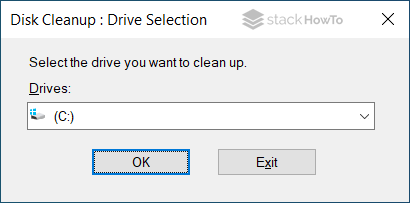
(8) resmon
Whenever you want to check how your system resources are used, just use this command, which displays everything (CPU, network, etc.)
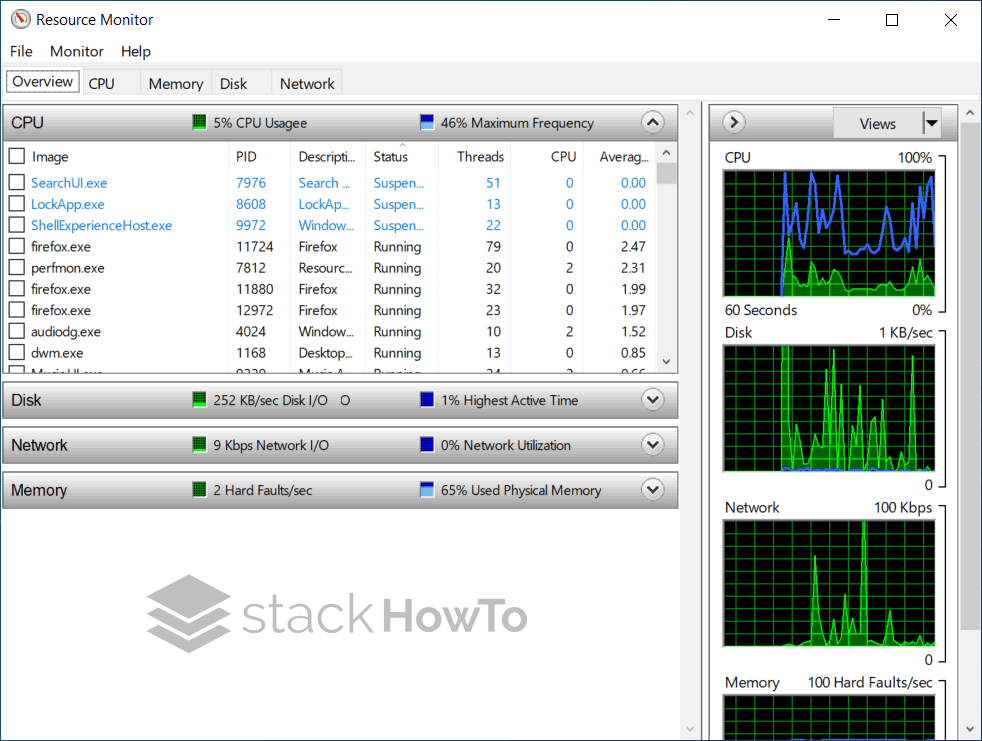
(9) mmc
The console is an advanced Windows module mainly intended for system administrators and experienced users, as it contains all the tools needed to configure and monitor a Windows system.

(10) control
This command allows you to quickly access the Control Panel without making mistakes.
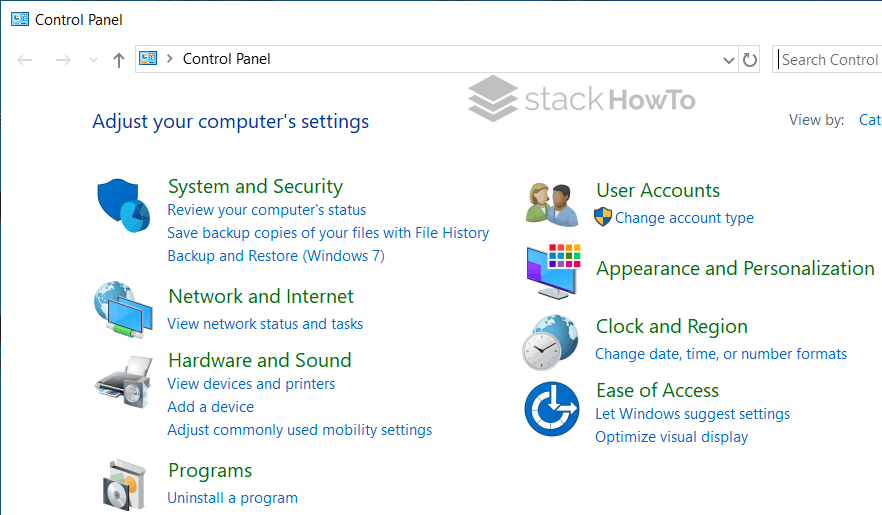
(11) \
Just enter the backslash in the Run dialog box to open the C drive. This is one of the fastest ways to access the C drive.
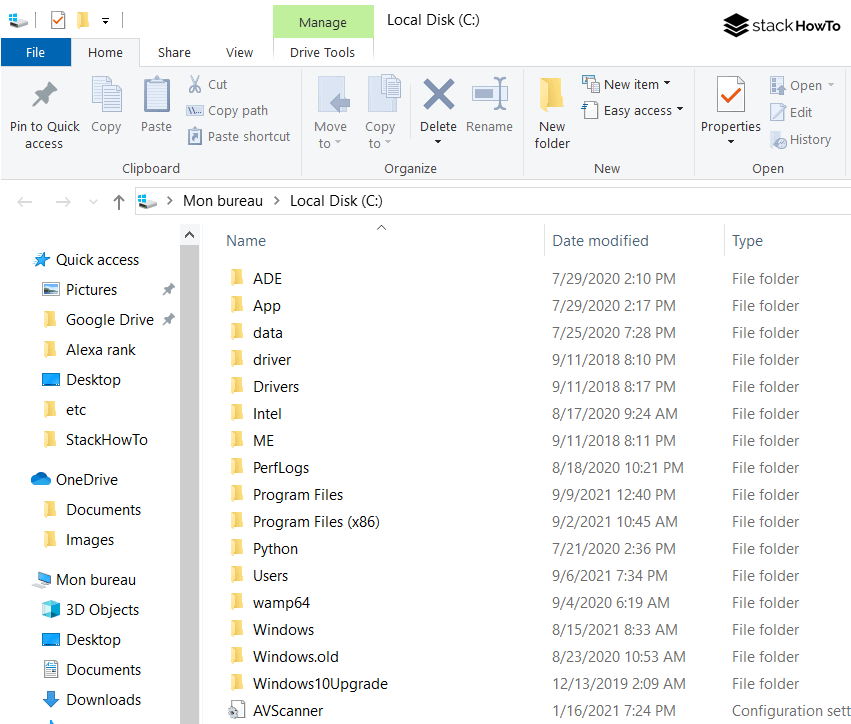
(12) .
Just enter a . (dot) in the Run dialog box to open the current user’s home folder, which hosts all other local folders such as Downloads, Documents, Desktop, Images, etc.
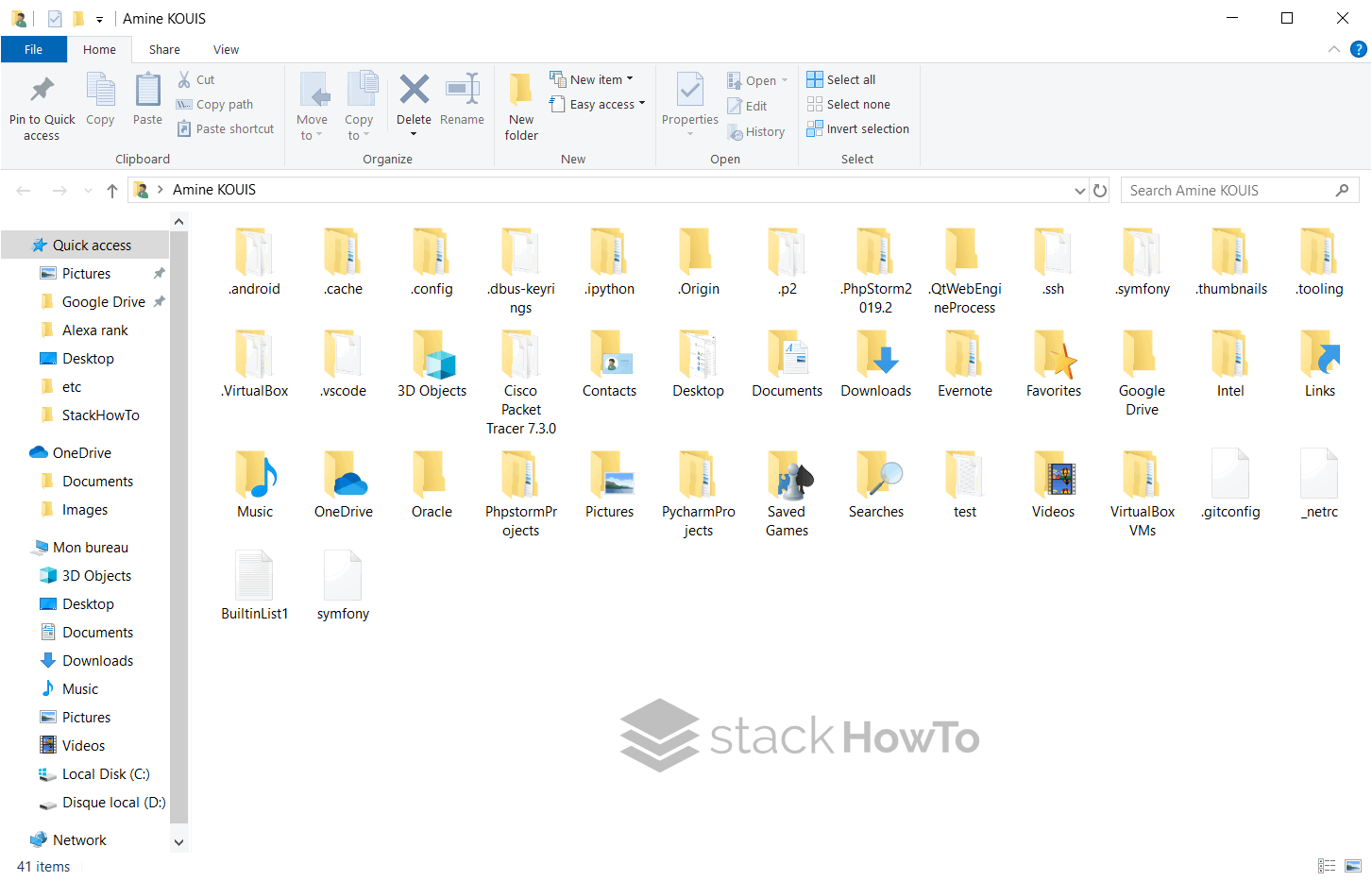
(13) ..
Just enter a .. (two dots) in the Run dialog box to open the Users folder located directly in the C drive.
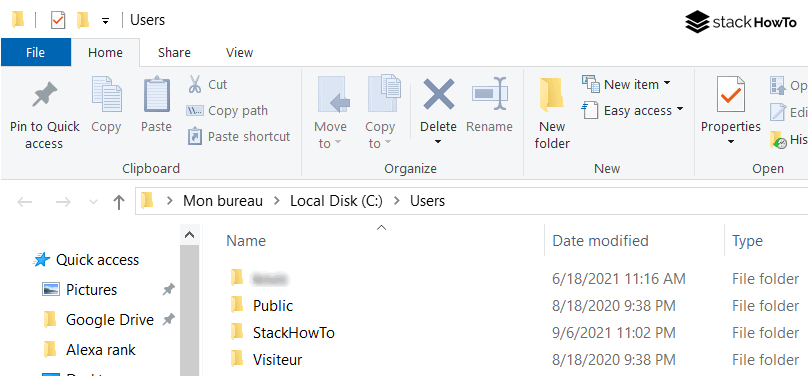
(14) cmd
With this command, you can quickly open the command prompt without administrator privileges.

(15) powershell
If the command prompt is too old for you, you can try PowerShell. Just type this command in the Run dialog box and your PowerShell will open without administrator privileges.

(16) firewall.cpl
If you want to manage or configure your Windows firewall, you can use this Run command to quickly access the Firewall window.
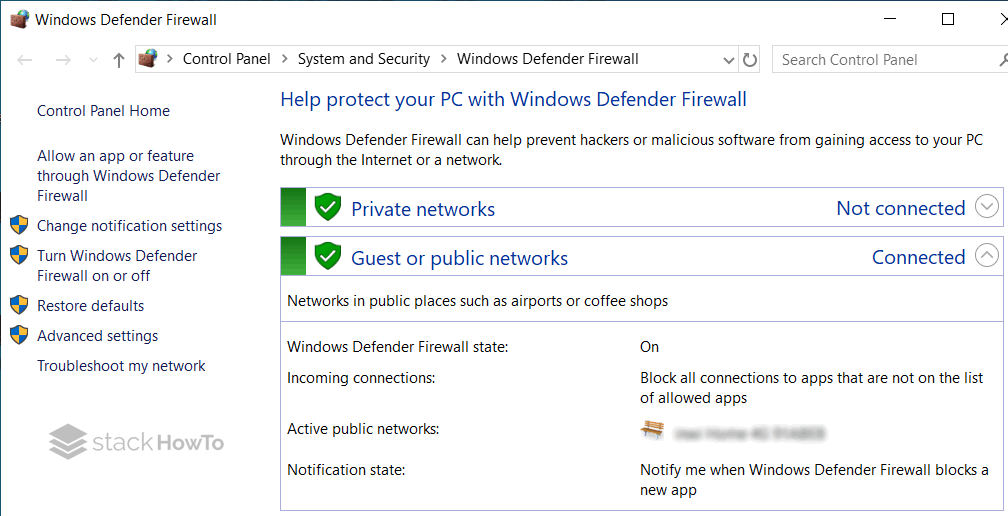
(17) powercfg.cpl
Windows hosts a wide range of power options to manage your computer’s power consumption. You can also access all these power options with this command.
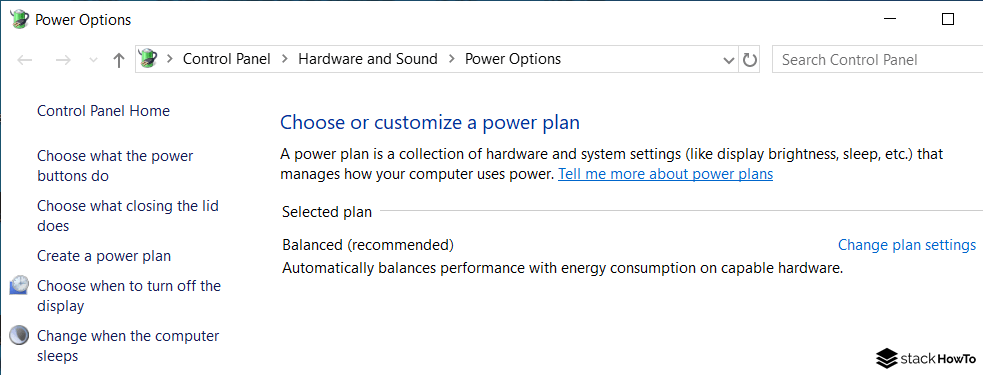
(18) sysdm.cpl
If you ever want to access the System Properties, this Run command opens it immediately.
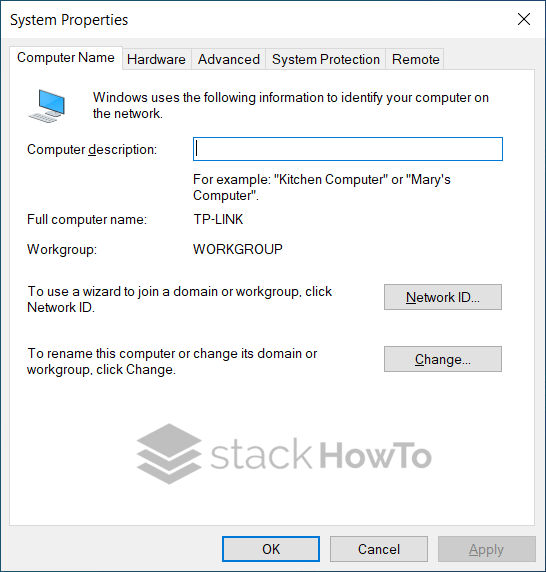
(19) msconfig
The Windows system configuration allows you to change various items such as boot options, services, etc. You can use this Run command to access the system configuration window.
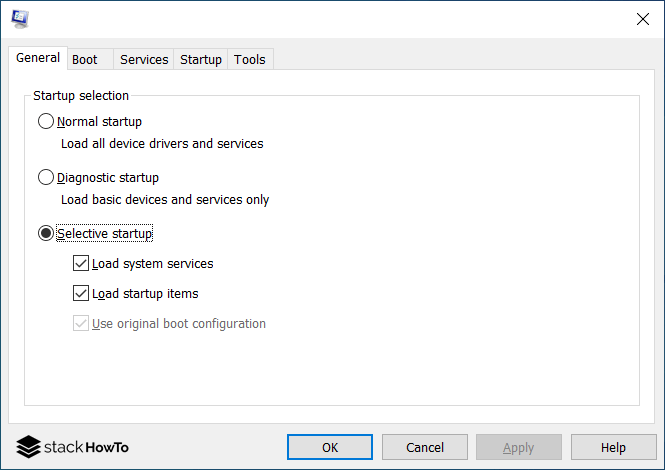
(20) regedit
Regedit command can be used to access the Windows registry, which is a hierarchical database that hosts all the configurations and settings of an operating system and installed programs.
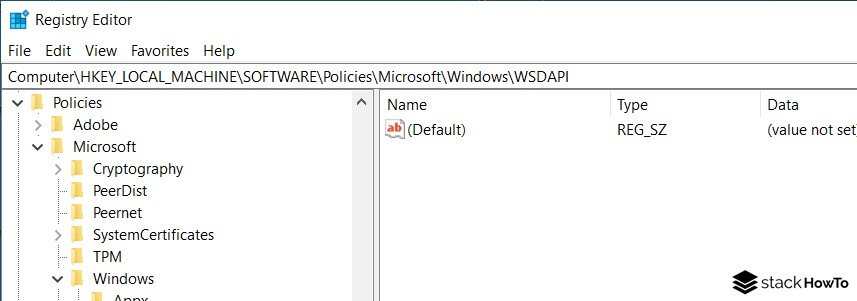
(21) devmgmt.msc
Windows Device Manager allows you to manage all your hardware devices. You can use this Run command to quickly access it.
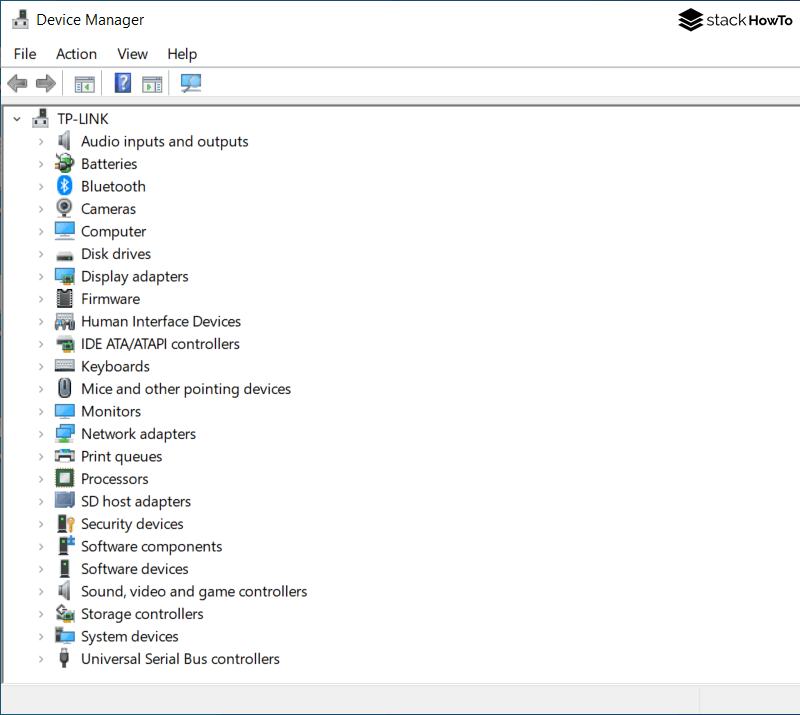
(22) calc
If you want to quickly open the built-in Windows calculator application, type “calc” in the Run dialog box.
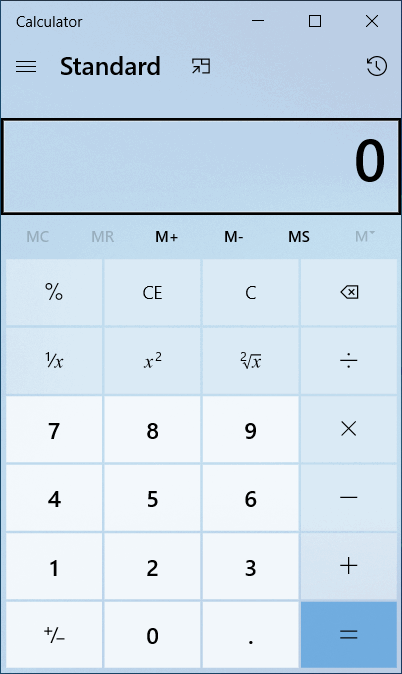
(23) ncpa.cpl
Using the Internet means you have to deal with occasional network problems. One way to troubleshoot your network connection is to access your network adapters. To access all your network adapters, you can use this command.

(24) netplwiz
User Accounts option is available in the Control Panel, but if you want to change the Advanced User Account options, use this command.
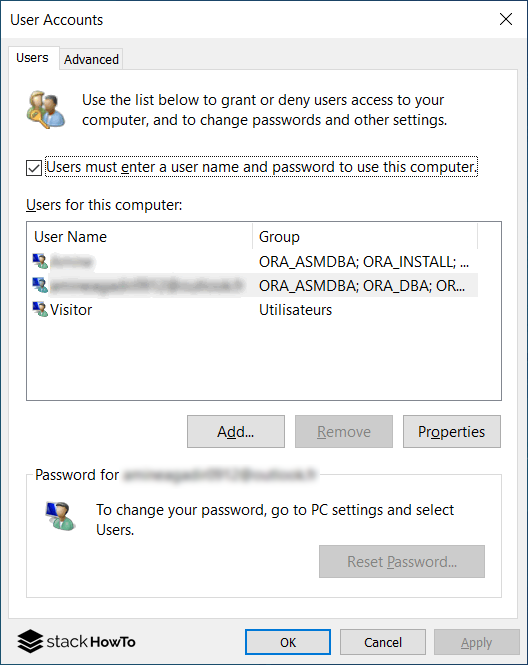
(25) appwiz.cpl
This command provides quick access to the Programs and Features window, where you can quickly uninstall your installed programs.
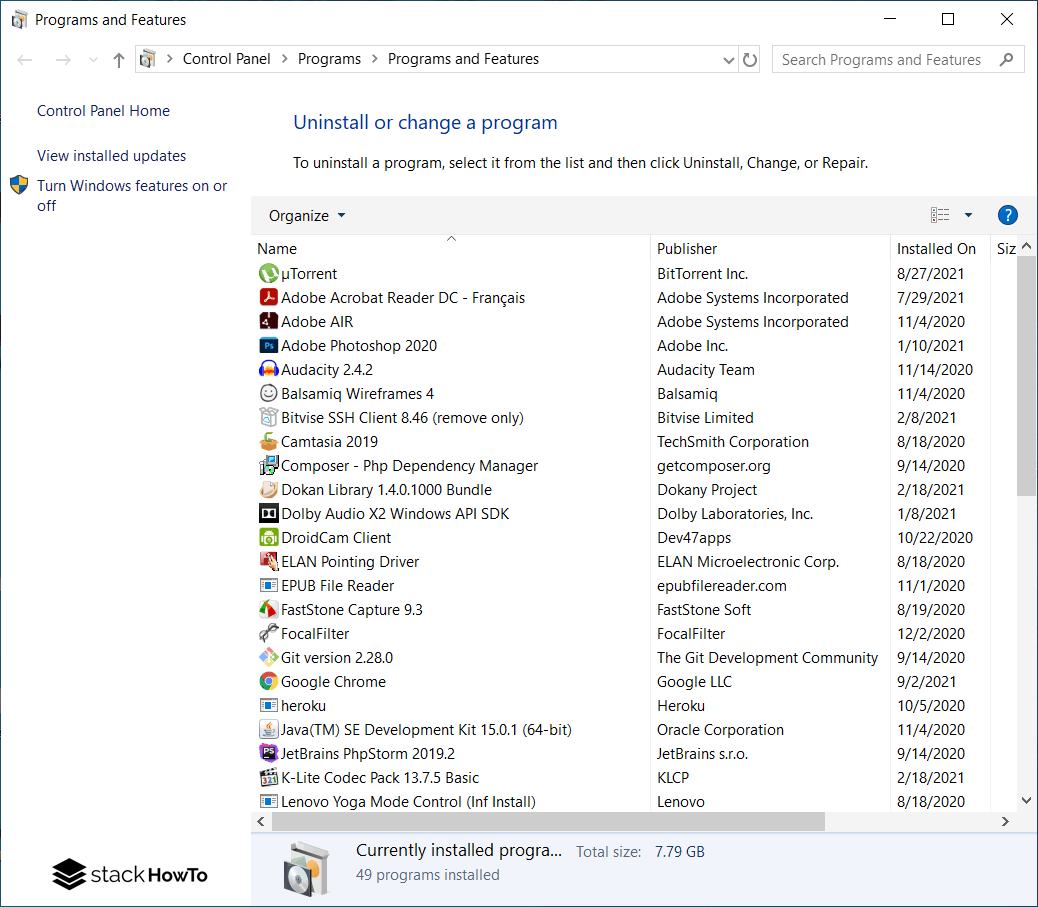
(26) perfmon.msc
If you want to monitor the performance of your Windows computer and the effects of the programs you run, running the Performance Analyzer will provide a lot of data. You can access the Performance Analyzer with this command.
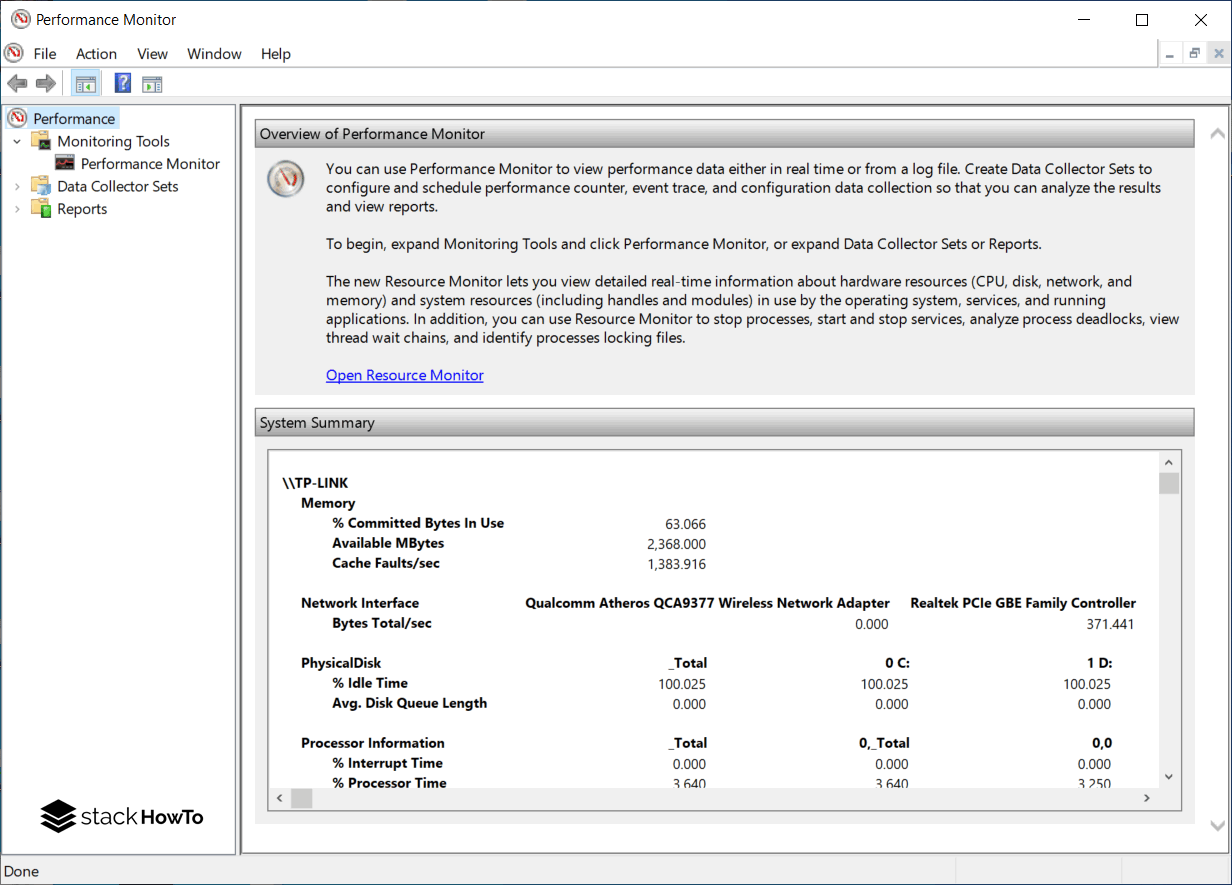
(27) lusrmgr.msc
With this command, you can open the User and local group manager, in which you can change several properties of all users and groups.

(28) gpedit.msc
Windows Group Policy Editor allows you to set and modify various Windows policies of a local or remote computer. The Group Policy Editor being an advanced tool, is buried deep in Windows and this command is the easiest way to access it.
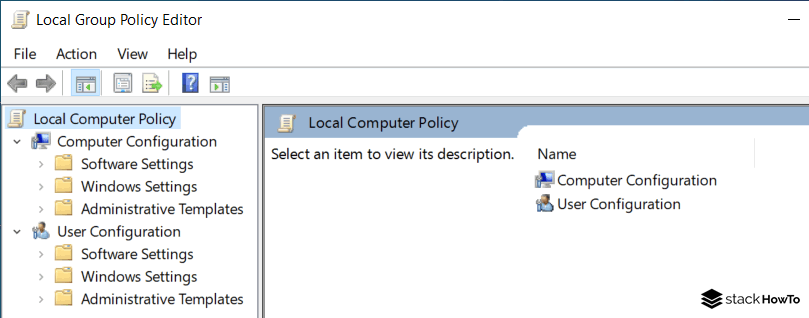
(29) resmon
Whenever you want to check how your system resources are used, just use this command, which displays everything (CPU, network, etc.)


